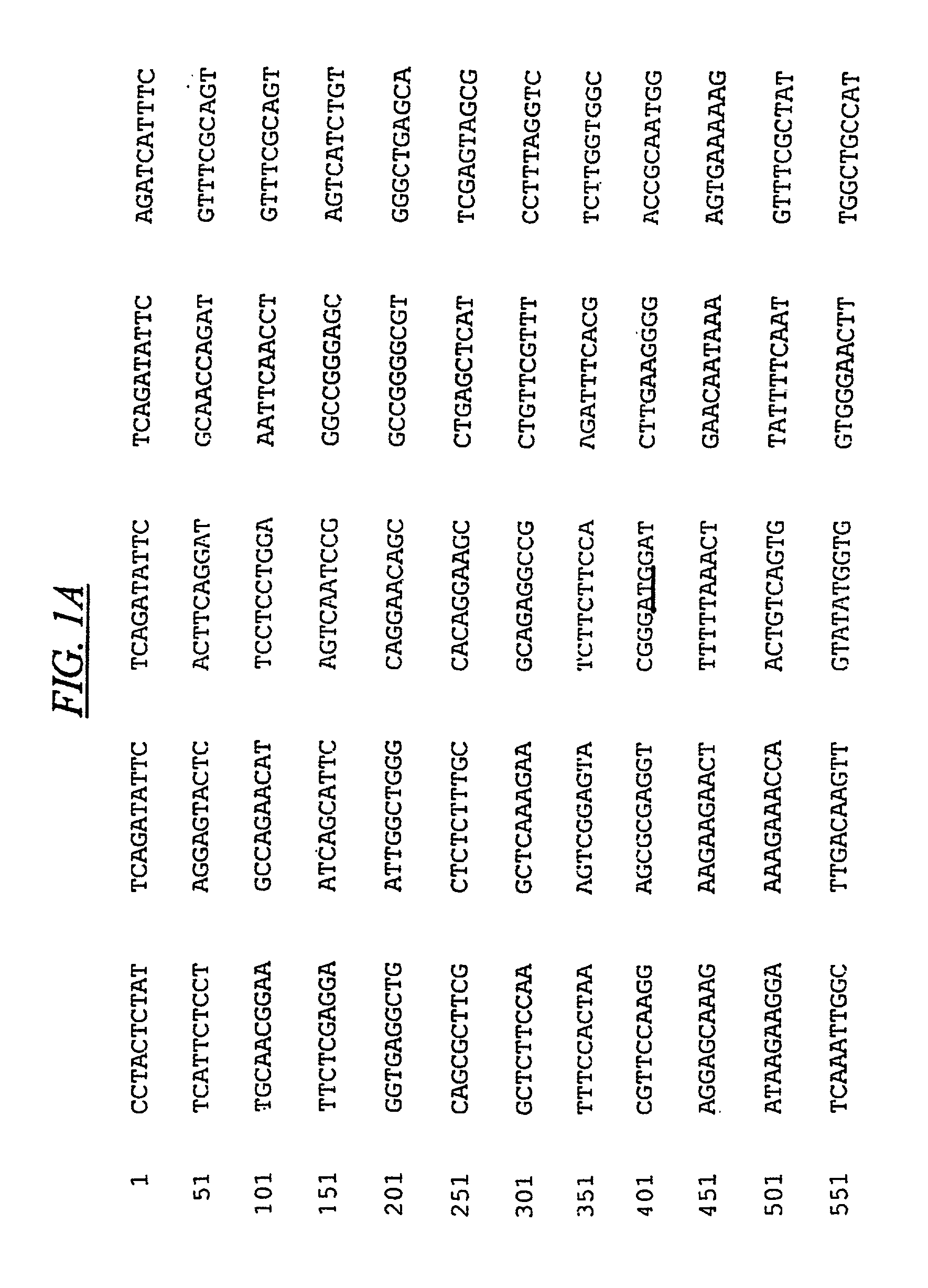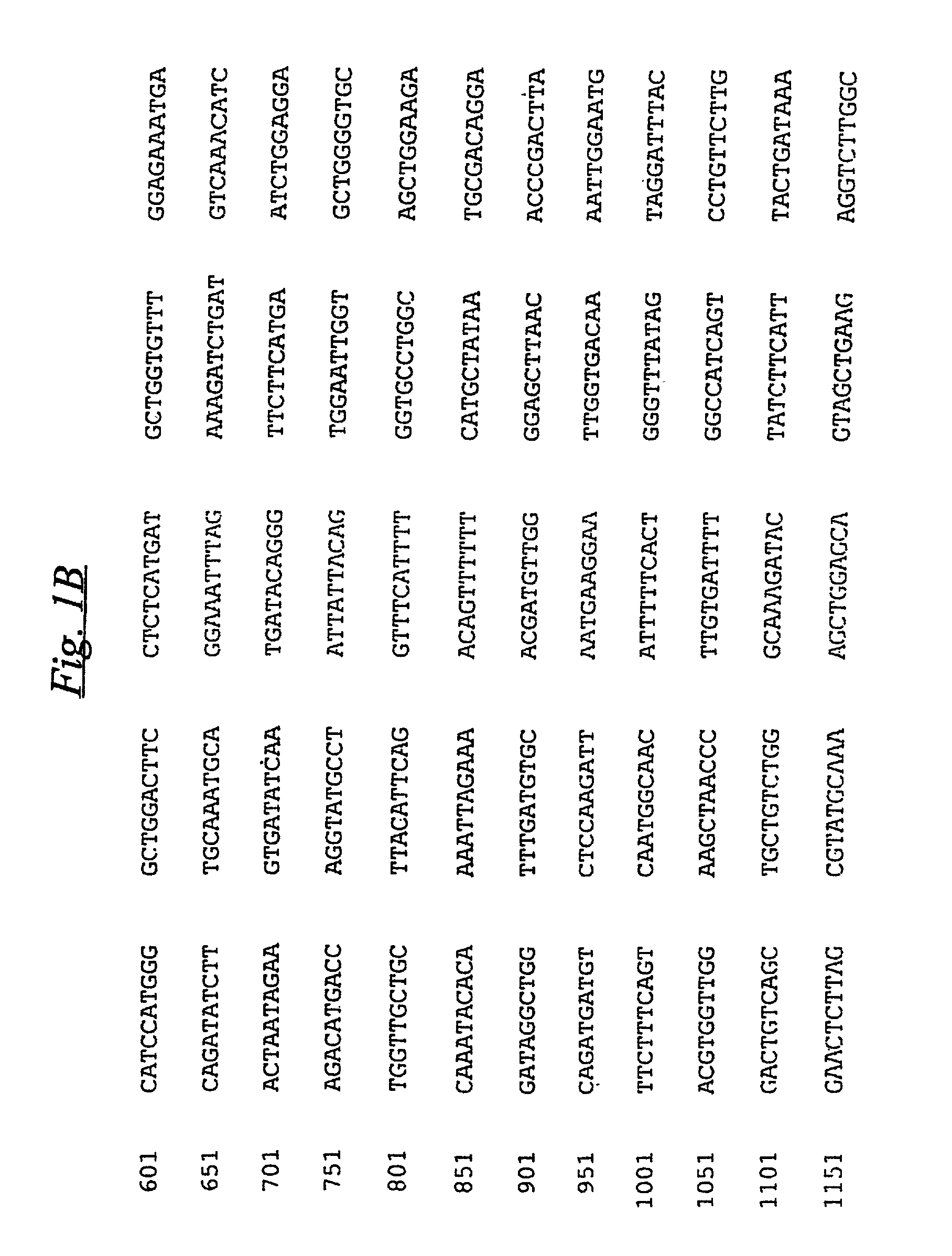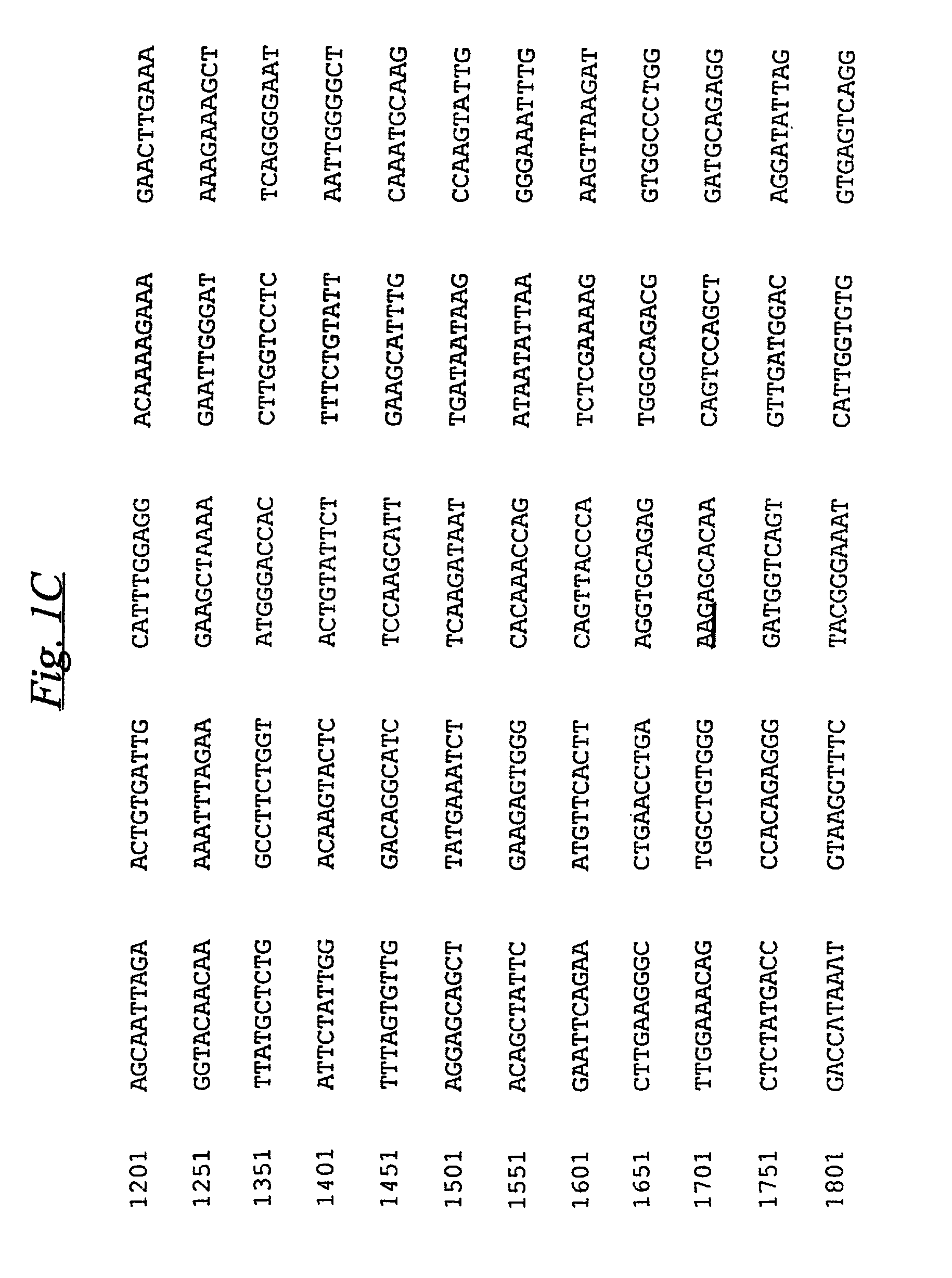Methods and reagents for preparing and using immunological agents specific for P-glycoprotein
a technology of p-glycoprotein and immunological reagents, which is applied in the field of immunological reagents specific for p-glycoprotein, can solve the problems of limiting the clinical use of these agents, affecting the survival rate of patients, so as to achieve rapid, reliable and cost-effective characterization, and enhance binding
- Summary
- Abstract
- Description
- Claims
- Application Information
AI Technical Summary
Benefits of technology
Problems solved by technology
Method used
Image
Examples
example 1
1. Cell Lines, Monoclonal Antibodies, and Reagents
[0060]MRK-16 mAb (IgG2a) was obtained from Dr. T. Tsuruo, University of Tokyo, Japan. UIC2 was produced from UIC2 and UIC2 / A hybridomas as described in U.S. Pat. No. 5,434,075, issued Jul. 18, 1995.
[0061]All mAb samples were at least 95% pure according to SDS-PAGE. Concentrations of the mAb were determined by the quantitative mouse Ig radial immunodiffusion kit (ICN, Costa Mesa, Calif.). When necessary, mAb's were further concentrated and dialyzed against phosphate-buffered saline (PBS) or Dulbecco modified Eagle's medium (DMEM). mAbs were conjugated with R-phycoerythrin (PE) or fluorescein isothiocyanate (FITC) at 1:1 (PE) and 1:4 (FITC) mAb:label and purified using standard techniques (Maino et al., 1995, Cytometry 20: 127–133). IgG2-PE conjugates were purchased from Becton-Dickinson Immunocytometry Systems (BDIS, San Jose, Calif.) and used as a negative isotype control for nonspecific staining.
[0062]The K562 / Inf cell line was deri...
example 2
mAb UIC2 Reactivity is Increased in the Presence of Pgp-Transported Compounds
[0075]Flow cytometry was used to analyze the reactivity of phycoerythrin (PE)-conjugated mAbs UIC2 and MRK16 with Pgp-expressing cells in the presence of different drugs. The range of optimal drug concentrations for these experiments (1–5 mg / mL) was determined by a series of preliminary titration experiments.
[0076]FIG. 2A illustrates the results obtained with K562 / I-S9 leukemia cell line, which was selected to express Pgp by infecting K562 cells with a MDR1-transducing recombinant retrovirus and subsequent flow cytometric selection based on MRK16 antibody staining. Cells were treated in the presence or absence of 25 μM vinblastine and contacted with PE-conjugates mAbs UIC2, MRK16, IgG2a (a negative isotype control) and anti-CD54 (a positive control mAb against a cell surface marker of K562 cells). UIC2 reactivity of this cell line was increased in the presence of the Pgp-transported drug vinblastine, as see...
example 3
Mutations at Pgp Nucleotide-Binding Sites Alter UIC2 Reactivity
[0081]The ability of Pgp transport substrates to increase UIC2 reactivity as described in Example 2 suggested that mAb UIC2 reacts more strongly with Pgp having a conformation associated with functioning (i.e., drug-transporting) Pgp. To investigate the relationship between Pgp function and UIC2 reactivity, nucleotide-binding site mutants of Pgp were used. As described in Example 1, Pgp was mutagenized at highly conserved lysine residues (positions 433 and 1076) in the N-terminal and C-terminal nucleotide-binding sites of the human Pgp. These lysine residues were substituted with methionine residues (i.e., lysine-to-methionine (K→M) substitutions), and the resulting proteins were designated KK (wild-type Pgp), MM (double mutant), KM and MK (C-terminal and N-terminal single mutants, respectively). Analysis of immunoprecipitated Pgps showed that nucleotide binding, as measured by specific photolabeling with 32P-8-azido-ATP...
PUM
| Property | Measurement | Unit |
|---|---|---|
| concentration | aaaaa | aaaaa |
| time | aaaaa | aaaaa |
| wavelength range | aaaaa | aaaaa |
Abstract
Description
Claims
Application Information
 Login to View More
Login to View More - R&D
- Intellectual Property
- Life Sciences
- Materials
- Tech Scout
- Unparalleled Data Quality
- Higher Quality Content
- 60% Fewer Hallucinations
Browse by: Latest US Patents, China's latest patents, Technical Efficacy Thesaurus, Application Domain, Technology Topic, Popular Technical Reports.
© 2025 PatSnap. All rights reserved.Legal|Privacy policy|Modern Slavery Act Transparency Statement|Sitemap|About US| Contact US: help@patsnap.com



